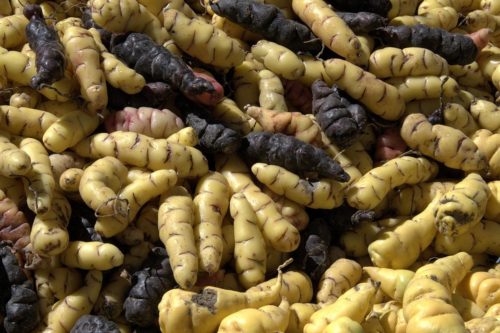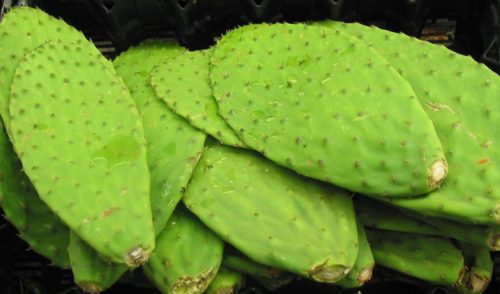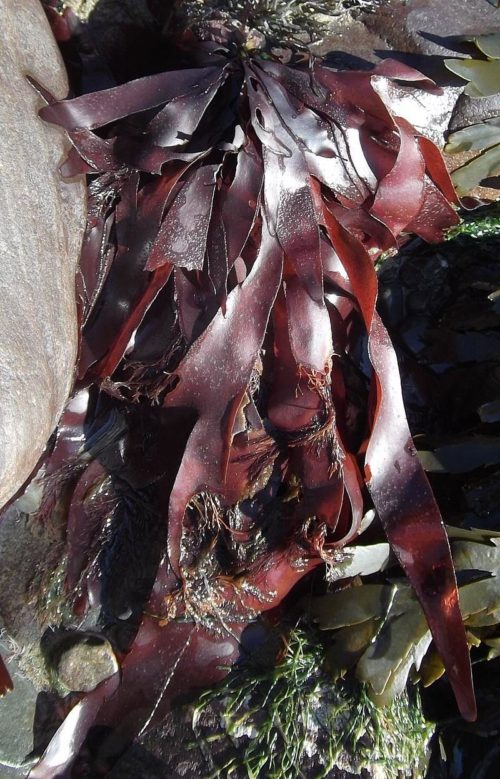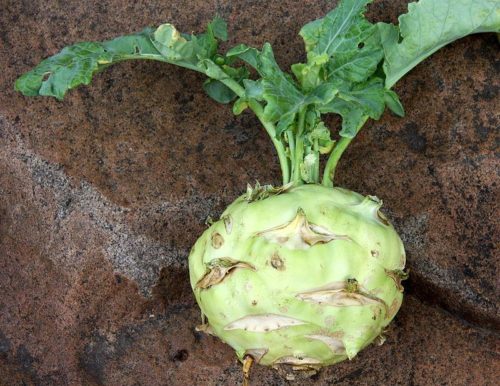Are you looking to add some exotic flavor to your meals, and have grown tired of experimenting with the same old vegetables? Did you recently hear about a new foreign recipe, but can’t seem to figure out what the ingredients are? The world is full of bizarre and wonderful flora and fauna, and while many of us can’t go on expensive world tours to see the Earth for its exotic beauty, we can at least appreciate it from home.
Here’s a list of the 10 most unusual vegetables you’ve never seen before, but may have tried at least once in your lives:
Romanesco Broccoli

Image source: https://flic.kr/p/byvfSD
This wonderful looking vegetable is grown in Italy, and is an exotic variant of the cauliflower, albeit a crunchier, nuttier version. It is an excellent source of vitamin C, vitamin K, fiber, and carotenoids.
The Romanesco owes its striking appearance to the fact that its form is a natural approximation of a Fibonacci fractal.
Oca

Image source: Markus Leupold, Wikipedia
While originally grown in the Andes of South America, the Oca gained massive popularity in New Zealand after being introduced there in the mid-1800s, and are often called “New Zealand Yam”. The Oca is rich in vitamin C, potassium, and iron, and could potentially become important contributors to the world’s food supply in the years to come.
Tiger Nut

Image source: Marco Schmidt, Wikipedia
Next on our list of unusual vegetables is the tiger nut, which was originally cultivated in ancient Egypt, and has now grown common in Spain and the rest of South Europe. They’re used in Spain to make “horchata de chufa”, a sweet, milky drink. The nuts themselves have a sweet, nutty flavor, and can grow in a wide variety of soil conditions.
Sunchoke

Image source: Gila Brand
Sunchokes, also called Jerusalem artichokes, is a sunflower species native to North America. The artichokes contain no oil or starch, around 2% protein, and are used as low-starch substitutes to potatoes. They have a very light, underlying sweet taste because of the presence of fructose.
Kai-lan

Image source: Kowloonese
Also known as Chinese broccoli, Kai-lan is a leafy green vegetable that has a more bitter taste to its traditional broccoli cousin. The leaves are extensively used in Chinese cuisine as part of salads.
Nopales

Image source: https://www.pinterest.com/pin/26388347788833711/
These cacti are extensively used in Mexican cuisine, both raw and cooked, after being cleared of the dangerous spikes. The succulent flesh is very rich in flavor and can be used as a vegetarian alternative in tacos.
Cassava

Image source: Amada44
Cassava is a woody, starchy root vegetable found in South America. The root is the third largest source of carbohydrates in the Tropics, behind rice and maize, and feeds an estimated 502 million people across the globe. The vegetable is known for its high drought tolerance.
Dulse

Image source: Cwmhiraeth
Seaweed found on a shoreline might not sound like the most appetizing thing in the world, but Dulse, known in Iceland as “sol”, is actually quite a popular snack food. It’s used in everything from soups to casseroles, and is packed with vitamin B and fiber.
Yardlong

Image source: Prathyush Thomas
Contrary to their name, these pods only grow to about half a yard long in Southeast Asia. These can be prepared as regular bean pods, and they are rich in fiber, vitamin C, and vitamin A.
Kohlrabi

Image source: Jonathunder
Last on the list of unusual vegetables is the Kohlrabi, which is closely related to the cabbage, and commonly grown in India and Bangladesh. The vegetables are mostly used as part of salads, and can also be incorporated in cooked meals, a common practice in Kashmiri cuisine.


